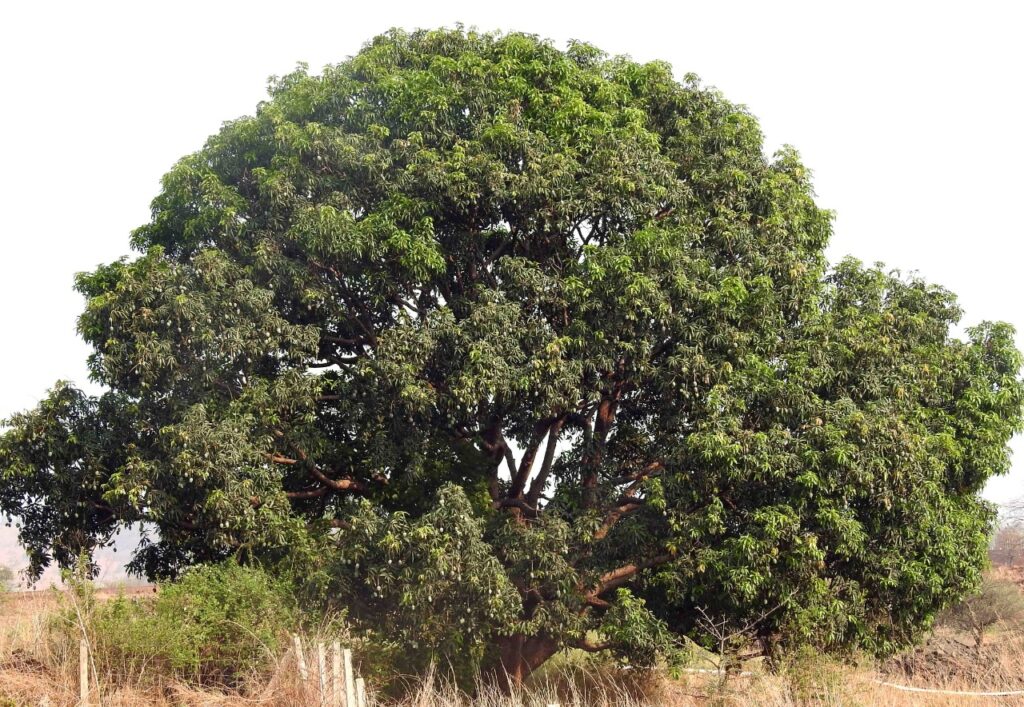Menu

Common Name – Mango
Botanical name– Mangifera indica
Habit-
Specific properties
Ecology
Uses
abscesses, rabid dog or jackal bite, tumour, snakebite, stings, datura poisoning, miscarriage, anthrax, blisters, wounds in the mouth, tympanitis, colic, glossitis, indigestion, bloody dysentery, liver disorders, excessive urination, tetanus, and asthma
Propagation
Share this page